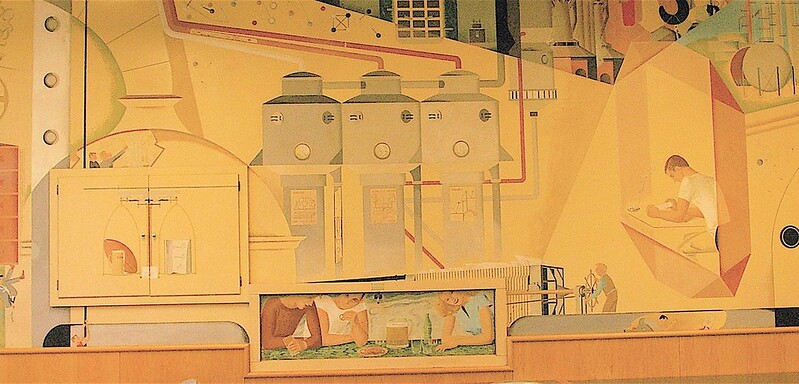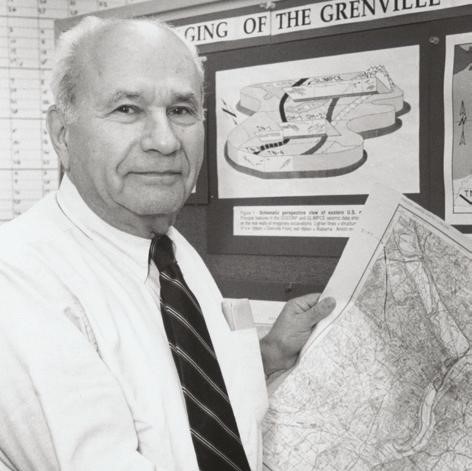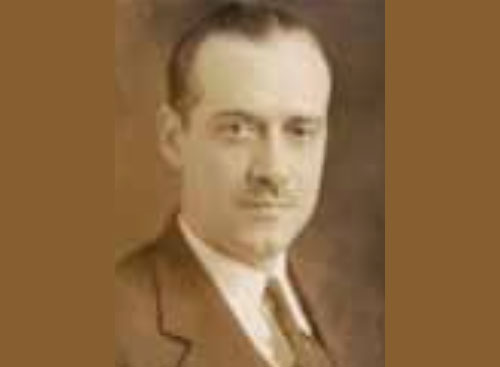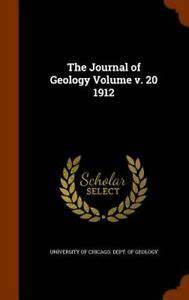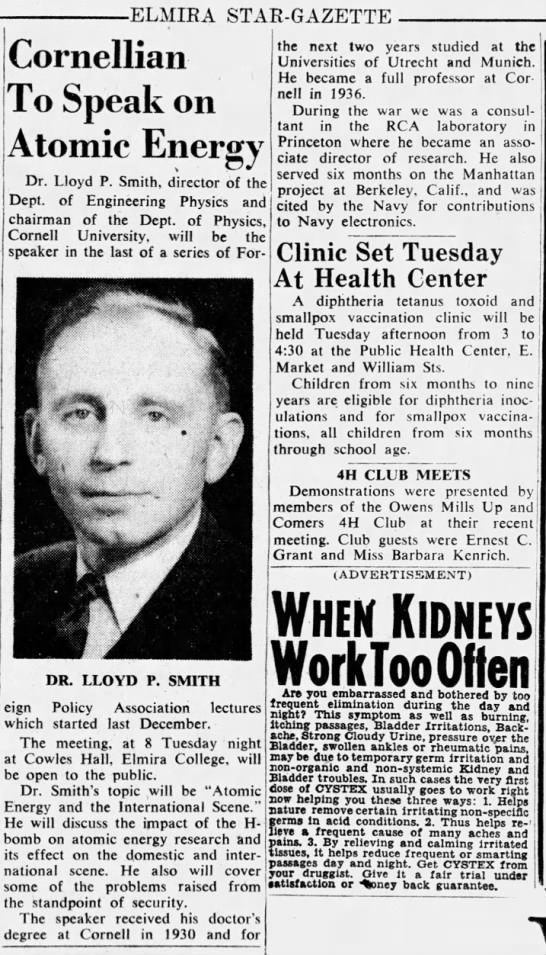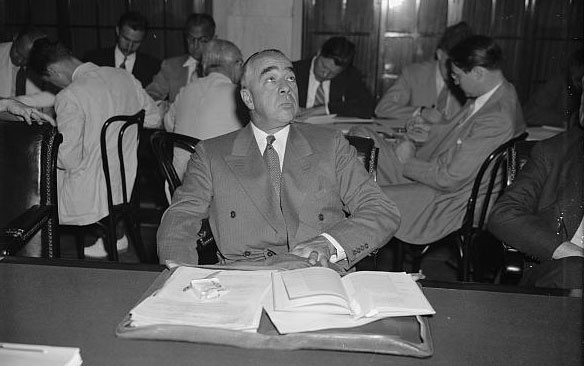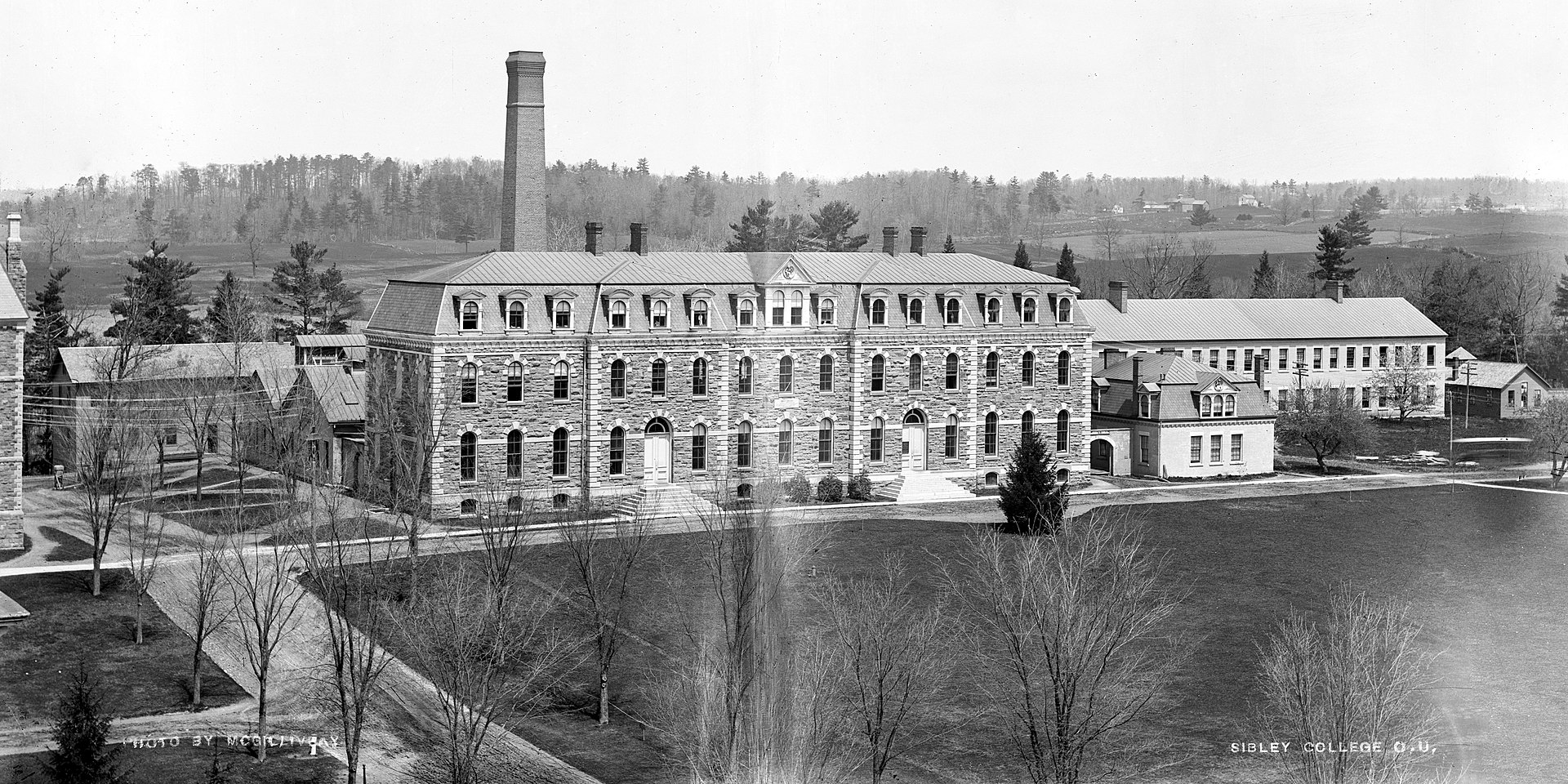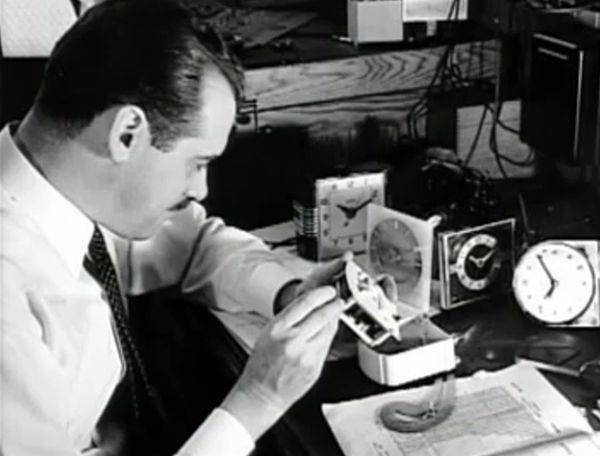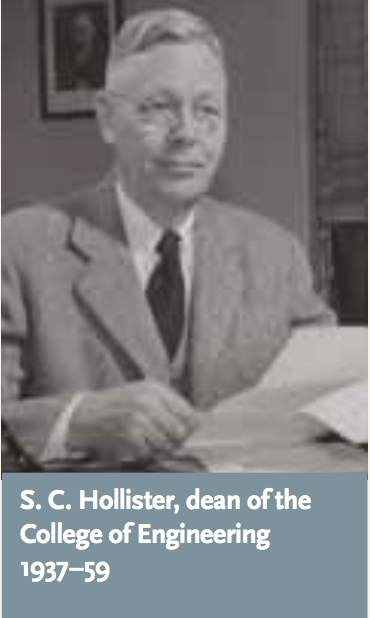
An expanding market for thin steel structures (1930’s) created a demand for rational design standards. Dean Solomon Cady Hollister obtained support from industry to conduct required research. George Winter (Pd.D. CEE 1940) and he joined the faculty of the School of Civil Engineering immediately and..Read More
